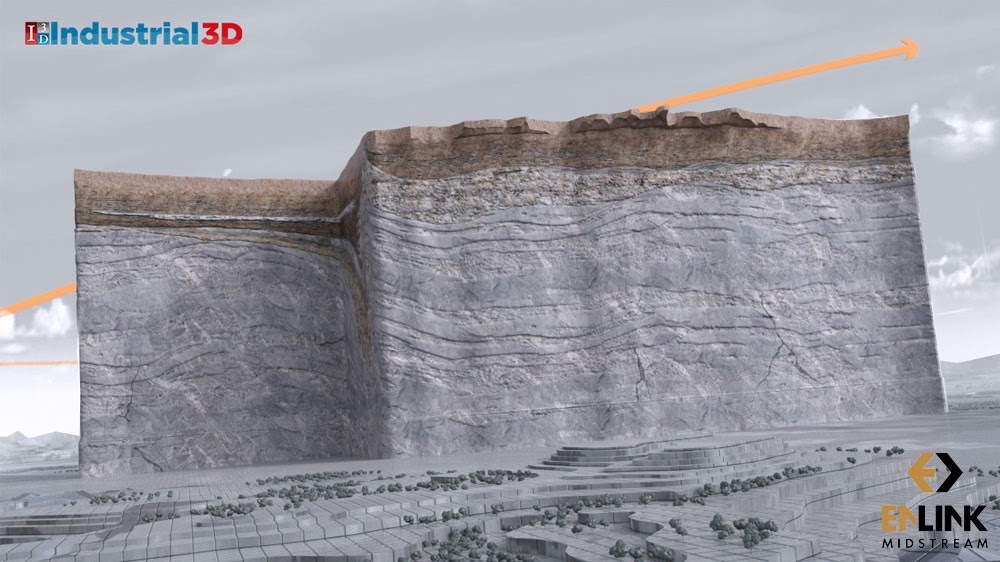Immersive Media Design
3D animation is an extraordinary artistic medium that offers abundant opportunities for creative expression. Animation enables the realization of ideas and concepts that are beyond the reach of live action videos, making it a valuable tool for the most imaginative ventures.
After finishing a project, it is the artist's duty to transform the scene and guarantee its delivery to the client in the desired format.
3D animation offers numerous benefits compared to traditional animation methods. It allows animators to craft surroundings, characters, and objects that possess a greater level of realism in comparison to 2D animation.



